Moths and their caterpillars have many predators and so have evolved a variety of tricks to avoid being eaten. Many use camouflage, with subtle colours and patterns which blend in with their surroundings. The results are not just astonishingly clever, but often very beautiful.
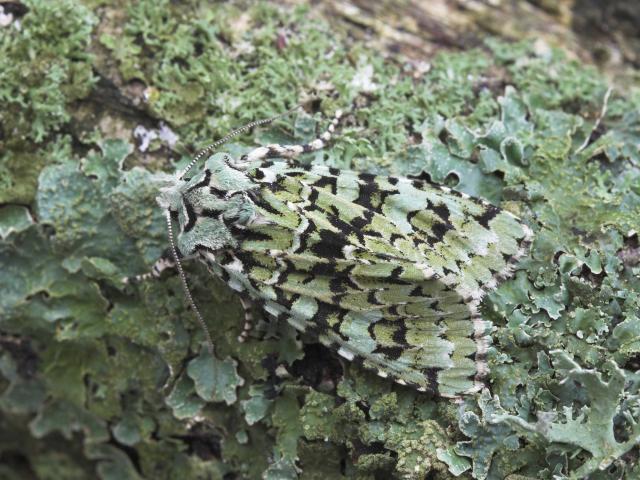
Moths are particularly at risk of being spotted in daylight, so many have colours and patterns to match the places they rest in. This is why so many moths are patterned in greys and browns, which are hard to see in shadows and blend with the bark of branches. The Merveille du Jour is a perfect match for lichen-covered bark.
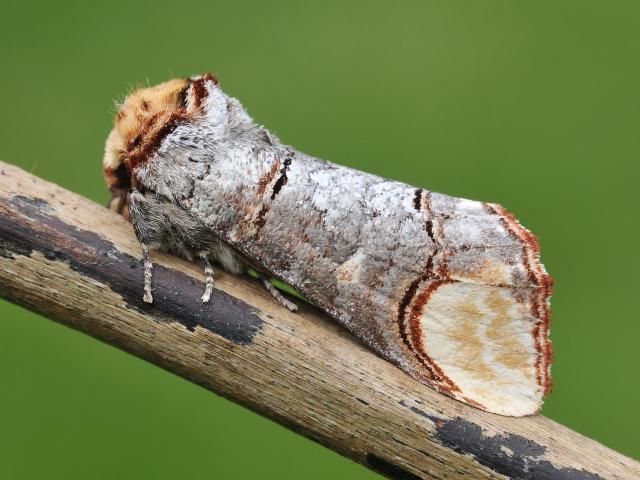
The Buff-tip has gone one stage further and is not just the colour of a twig, but the same shape too! And it resembles a specific type of twig; that of a birch tree with its characteristic silvery coloured bark. As if that was not enough, it even looks exactly like a broken birch twig!
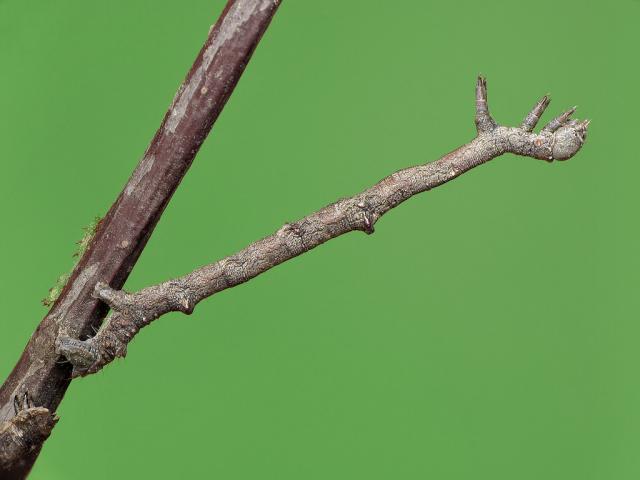
Many caterpillars are also talented twig impersonators. A large group called the geometrids specialise in this disguise. They are both the shape and texture of twigs and, if disturbed, they will freeze to enhance the effect. To look like twigs, they have no legs in the middle of the body, so have a looping walk which gives the group its name. Geometrid comes from the Greek for 'ground' and 'measure'.
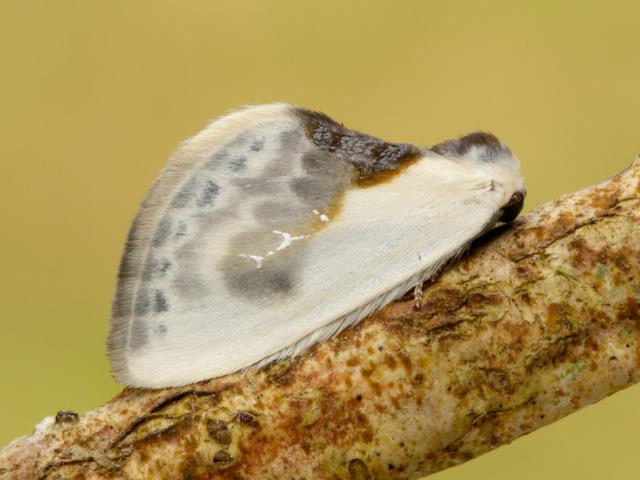
A few moths use camouflage not to be hard to see, but to disguise themselves as something distasteful, so that predators will not even think of eating them. The Chinese Character is quite noticeable, but it looks just like a bird dropping, both in shape and colour. Definitely not a tempting morsel!
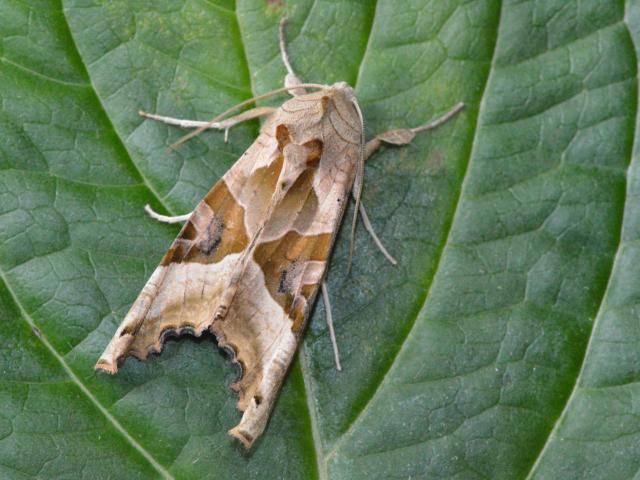
Many moths use patterns that break up their outline, so that their moth shape is not so recognisable. The Angle Shades, a common garden moth, combines several strategies. The triangular markings break up its shape into sections that are less 'moth-shaped'. At the same time its colours are good for blending in amongst dead leaves or on bark. In addition its wings at rest have a crumpled shape which is similar to a dry leaf or the cracks and folds on bark.
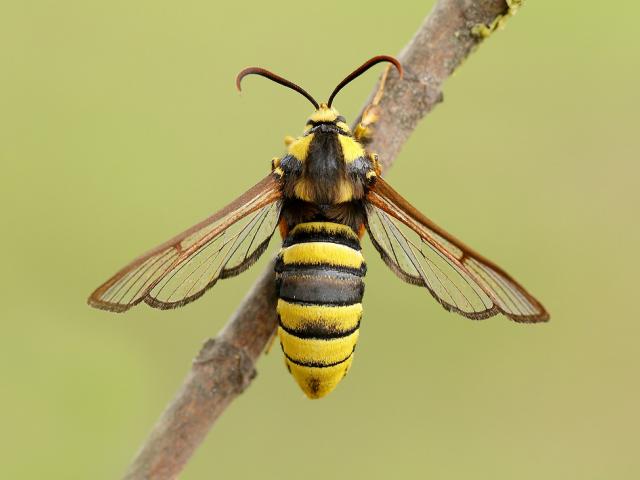
Some moths have taken camouflage to the extremes and disguise themselves as completely different creatures. The Hornet Moth has evolved to look just like a hornet, even having similar transparent wings without scales. Knowing hornets sting, predators are likely to avoid it, not realising it's completely harmless!
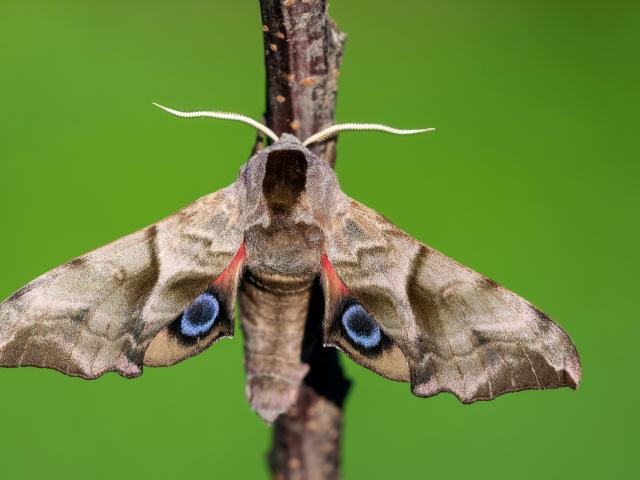
The Eyed Hawk-moth cleverly combines two tricks. Normally it rests with its camouflaged forewings covering its hind wings and so is difficult to see against bark. But if it is disturbed, it suddenly exposes its hind wings to reveal a flash of bright eyes, which are enough to startle a predator and frighten it away.

